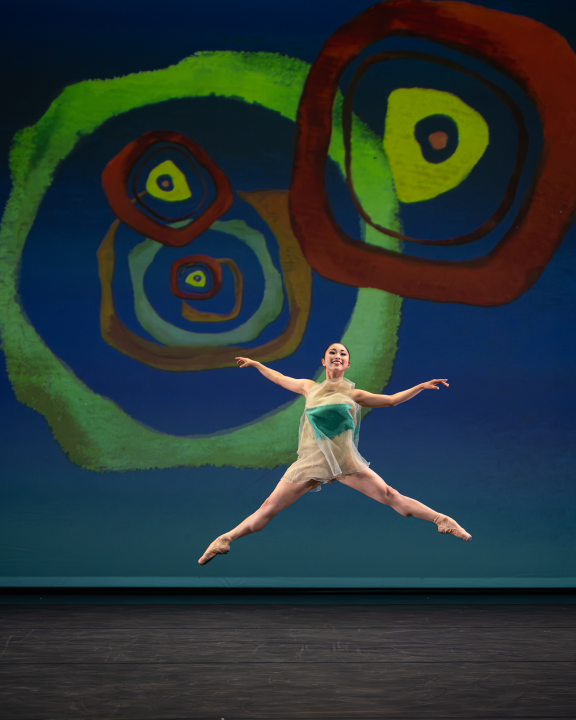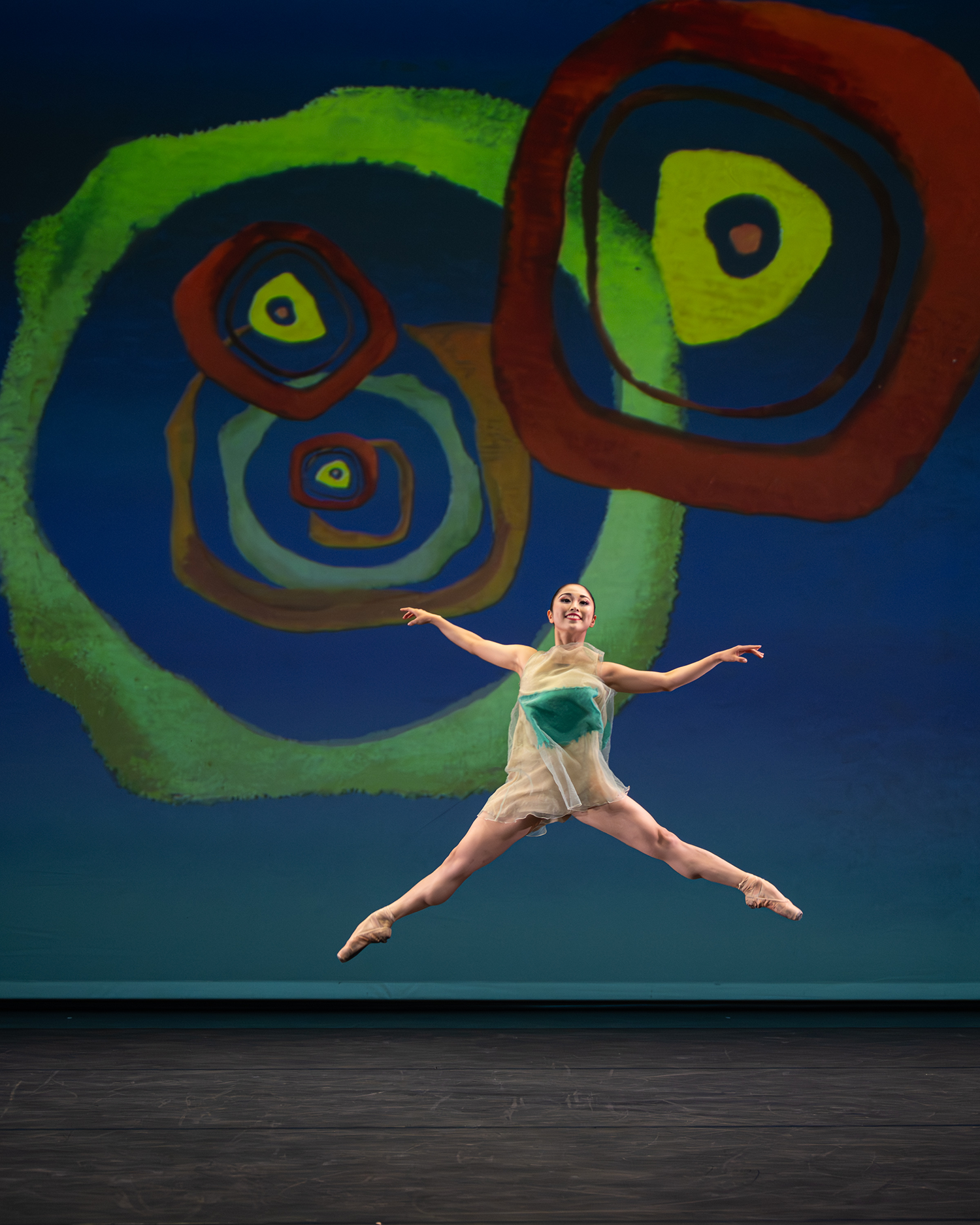
Most choreographers today have lost interest in using music as anything more than a background wash of colour and mood. More’s the pity. For an earlier generation the idea that the dance grew through the music – into and out of it – was of the essence: or, as Balanchine famously said: ‘See the music, hear the dance.’ In a fascinating piece for the Guardian recently, the composer Nico Muhly explains how rich the interaction between a choreographer’s phrasing of movement and the bar lines or metrical structures specified in the score can be: ‘If the music feels as if it’s in comfortable cycles of four bars, is the dance reinforcing that, resisting it, or complicating it?’ he writes.
A rare example of a choreographer addressing these questions with real imagination is Alexei Ratmansky, whose more recent work has been little seen in Britain. So full marks to London City Ballet for securing the first production here of his brilliantly imaginative response to Mussorgsky’s Pictures at an Exhibition (played on the piano by Reina Okada). There’s no attempt to illustrate the Great Gates of Kyiv or ‘The Old Castle’ literally. Ratmansky instead draws on one idea in each section and runs with it, creating exercises in staccato turns or expansive lifts, and alternating them with dreamier, legato passages or those marked by a folkish exuberance, all reflecting the movements of the score. The movement not only ‘resists and ‘reinforces’, it provides a counterpoint and commentary. The ten admirable dancers of London City Ballet attack it with infectious enthusiasm: Constance Devernay-Laurence excels in what looked to me like a technically very challenging solo. The backdrop, meanwhile, is made up of a series of projections of Kandinsky’s abstract colour sketches of circles, squiggles, lines and blotches that also bleed into Adeline Andre’s diaphanous costumes. This is a piece that would shine even brighter on a large stage, and perhaps the Royal Ballet or English National Ballet will have the sense to take it into their repertory. It’s an instant, guaranteed winner.
Nico Muhly’s music was the constant in a richly rewarding evening at Sadler’s Wells, programmed by the ever-resourceful Britten Sinfonia playing live. Three choreographers approached the scores in different ways: in SLANT, Jules Cunningham took the postmodernist approach, which is to ignore Muhly’s drone-based invention – or rather to let it go its own sweet way – while a group of loosely gendered dancers perform random but precisely calibrated and ritualised movements and gestures that have no obvious relationship to each other. Don’t look for coherent meaning, or ask what significance is contained in the coil of tangled rope or the children trailing a toy cannon. The result is hermetic, but weirdly beautiful, too.
Much more accessible is Maud Le Pladec’s chic floor show performed by three aquatic Rhinemaidens. They are slinky and sensuous and out to seduce, seemingly playing games with the music, sometimes merging in unison, sometimes just splashing around, sometimes uttering little squeals of faux alarm.
Finally, and much to the audience’s delight, came the Irish prankster Michael Keegan-Dolan. He simply takes the music as a springboard for a grotesque danse macabre by eight spooks in skeleton costumes, prancing and tumbling round the folk singer Sam Amidon, who stands impassively on a stool. A rope hangs about his neck ready to swing him as he sings to his banjo ‘The Only Tune’, Muhly’s haunting arrangement of a traditional ballad in which a jealous woman murders her sister in order to marry the latter’s lover. There’s nothing much going on in Keegan-Dolan’s choreography – Cunningham has a far more sophisticated concept of what can be done with human bodies – but Keegan-Dolan’s showmanship is as irresistible as Amidon’s singing.








Comments